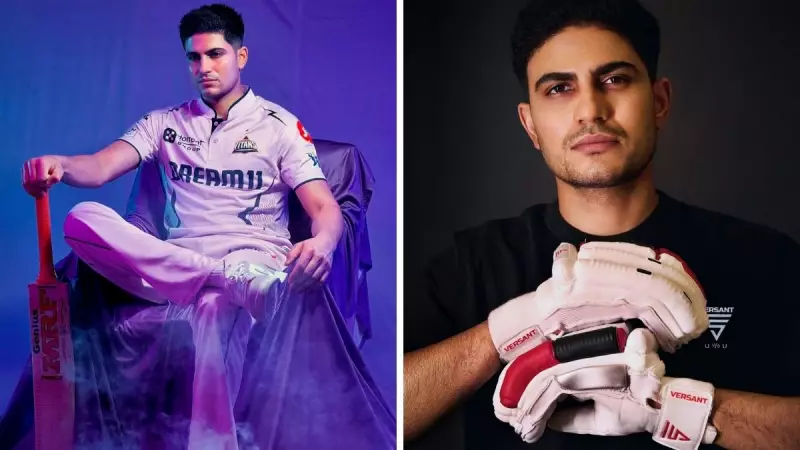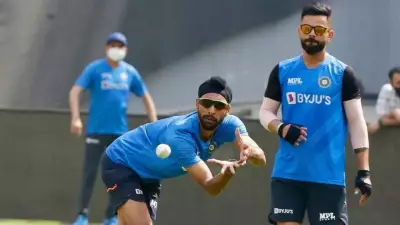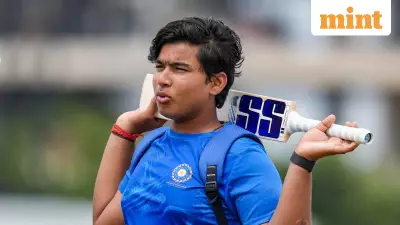
Indian cricket sensation Shubman Gill has been sidelined due to a sudden neck spasm, creating concerns among fans and team management ahead of important matches. The young batting prodigy experienced this muscular issue during practice sessions, prompting immediate medical attention and rest protocols.
What Exactly is a Neck Spasm?
A neck spasm occurs when muscles in the neck contract involuntarily and refuse to relax. This condition can cause significant pain and restrict movement, making it particularly challenging for athletes like cricketers who require flexible neck movements for batting, fielding, and overall game awareness.
Medical experts explain that neck spasms typically result from muscle strain, poor posture, or sudden awkward movements - all common occurrences in professional sports. For cricketers specifically, the rapid head turns while following fast-moving balls and the maintained batting stance positions can trigger such muscular issues.
Common Causes Behind Neck Spasms in Athletes
Several factors contribute to neck spasms among professional cricketers. Sudden jerking movements during intense physical activity stand as a primary cause. When fielders quickly turn their heads to track high-flying catches or batsmen rapidly shift focus between bowlers and field placements, they risk straining neck muscles.
Sleeping in an awkward position, especially during travel between matches, represents another significant factor. Professional cricketers constantly move between cities and countries, often sleeping in unfamiliar beds and positions that may not provide adequate neck support.
Additional contributing factors include stress and anxiety before important matches, poor posture while using electronic devices, existing neck injuries that haven't fully healed, and dehydration coupled with electrolyte imbalances during prolonged matches.
Symptoms and Immediate Treatment
Players experiencing neck spasms typically report sharp, sudden pain in the neck area, stiffness that limits head movement, muscle tightness that feels like knots, headaches originating from the neck, and sometimes pain radiating to shoulders or upper back.
The immediate medical response involves rest, ice application, gentle stretching, and anti-inflammatory medication. For professional athletes like Gill, the team physiotherapist immediately begins treatment to reduce recovery time. The primary goals include reducing inflammation, relaxing muscle tension, and restoring normal range of motion.
Recovery Timeline and Prevention Strategies
Recovery duration varies depending on spasm severity. Mild cases might resolve within 2-3 days with proper treatment, while more severe instances could require a week or longer. Shubman Gill's recovery is being closely monitored by the BCCI medical team to ensure he returns to peak fitness without risking recurrence.
Prevention strategies crucial for cricketers include proper warm-up routines before matches and practice sessions, neck-strengthening exercises as part of regular fitness regimes, maintaining good posture during all activities, staying adequately hydrated throughout matches, and incorporating regular stretching into daily routines.
Team physiotherapists emphasize that early intervention significantly reduces recovery time. When players report neck discomfort immediately, preventive measures can often stop full-blown spasms from developing.
Impact on Cricket Career and Team Performance
Neck spasms, while typically temporary, can significantly impact a cricketer's performance and availability. The condition affects a player's ability to turn their head quickly while batting against fast bowling, track high catches in the field, maintain comfortable stance and movement patterns, and focus completely due to persistent discomfort.
For a key player like Shubman Gill, such injuries highlight the physical demands of international cricket. The Indian team management faces selection challenges when key players experience these sudden fitness issues, especially before important matches where every player's contribution matters.
This incident underscores the importance of comprehensive fitness management in modern cricket. Teams now employ specialized physiotherapists, strength coaches, and sports medicine experts to minimize such occurrences and ensure player availability throughout demanding international schedules.
As Shubman Gill works through his recovery process under expert supervision, fans and selectors alike await updates on his return to the playing eleven. The situation serves as a reminder that even seemingly minor muscular issues require professional attention in elite sports.





